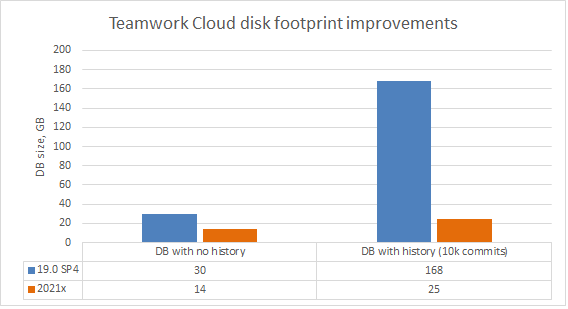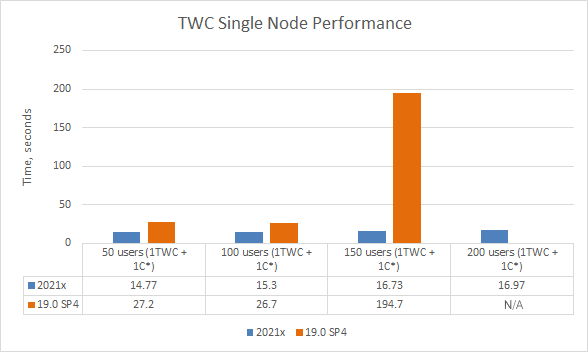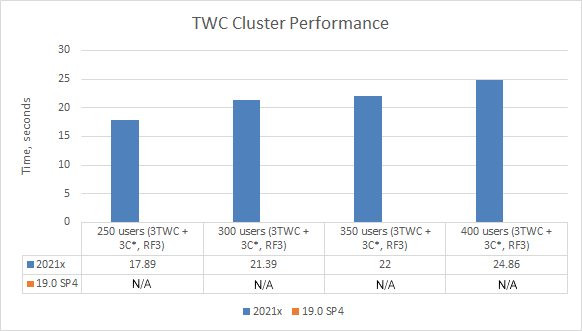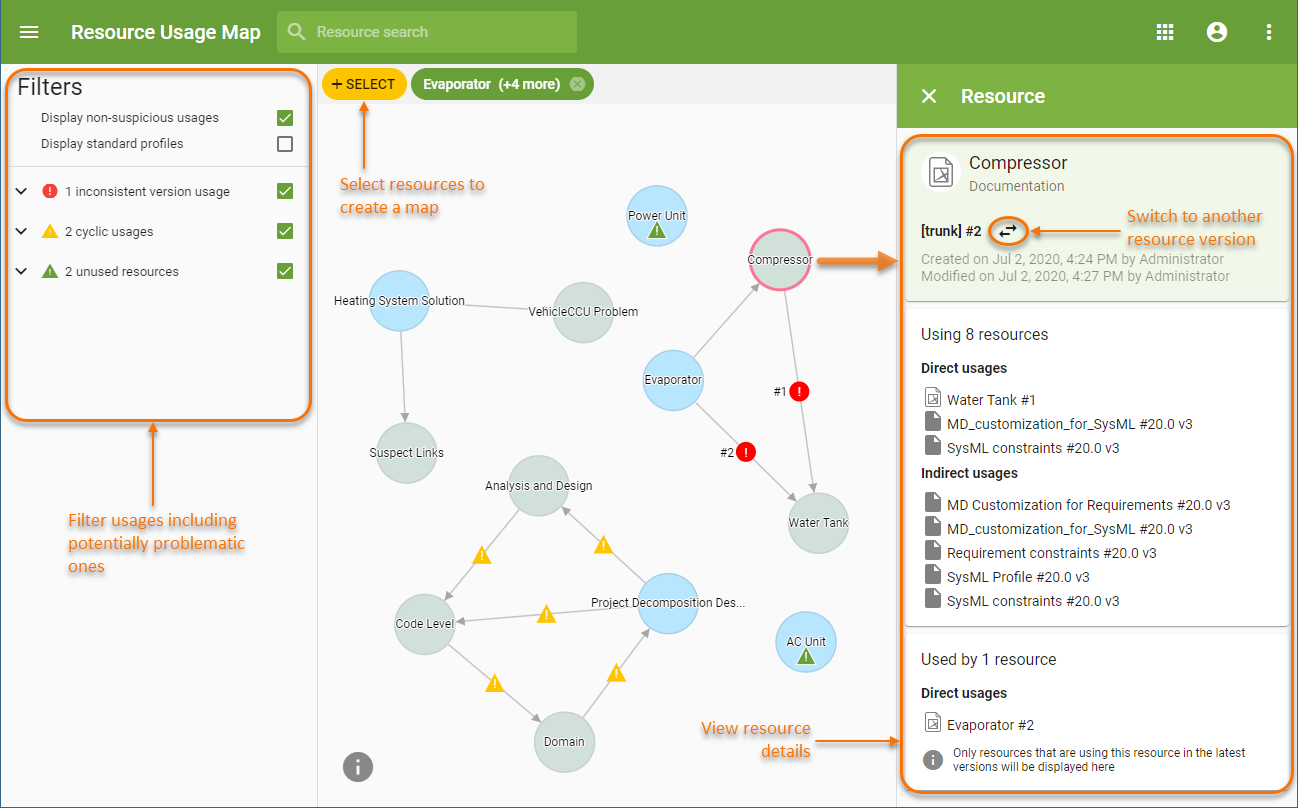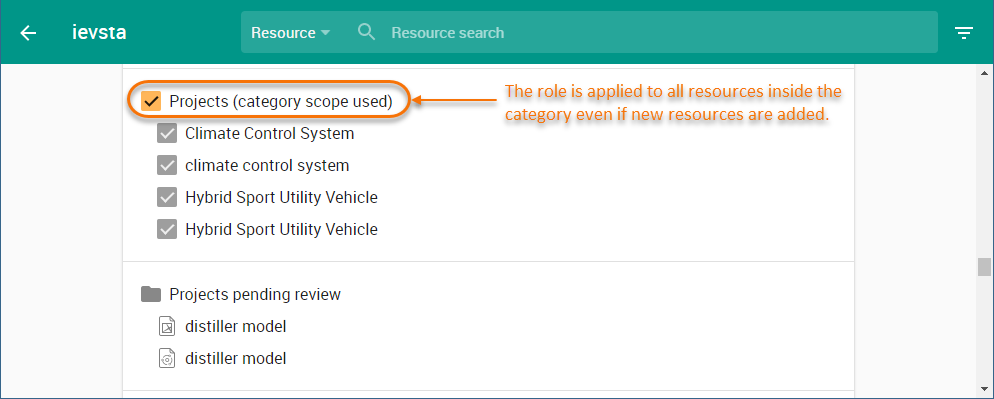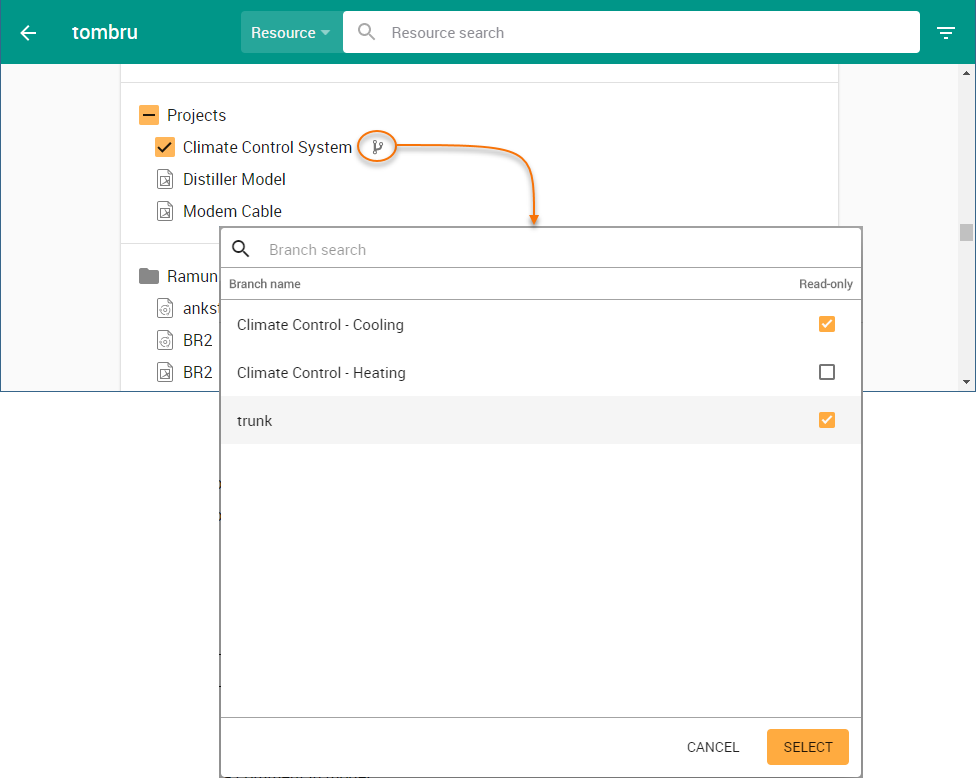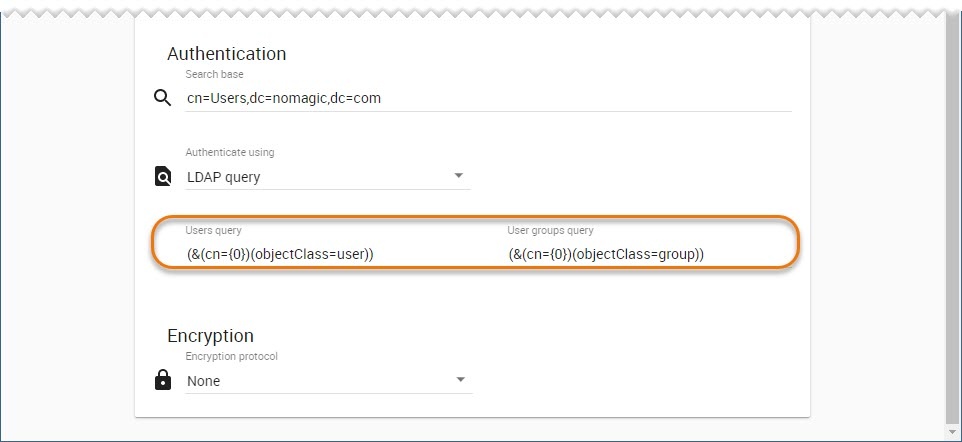Released on: February 12, 2021
Teamwork Cloud 2021x takes a huge leap towards its enterprise readiness. It comes with major improvements in the ability to better handle and manage large amounts of data. Efficient collaboration is now ensured even under extremely high server load while keeping the disk footprint at a very minimum.
Enhancements to Teamwork Cloud RBAC mechanism now allows managing access rights in bulk via category-level permissions or at a fine-grained level via branch-level permissions.
Last but not least, a brand new Resource Usage Map web application will help you quickly analyze large amounts of inter-linked server projects and investigate potentially problematic usage areas.
Performance Improvements in TWC Core
TWC Disk Footprint Improvements
Major TWC disk footprint-related changes are presented in this release. TWC 2021x requires twice as less disk space for the same amount of projects with no history and up to 7 times less memory for projects with existing history compared to TWC 19.0 SP4. In addition to this achievement, the disk size growth is cut nearly 5 times in TWC 2021x compared to TWC 19.0 SP4 for those projects users work actively on.
A chart comparing TWC disk footprint between different modeling tool versions.
- A database of 50 projects with 200 commits each was used to run the tests.
- Project sizes ranged between 400k and 2.2M elements (average project size being 700k elements).
TWC Scalability Improvements
TWC 2021x delivers significant improvements in scalability when handling a large amount of concurrent users actively working with server projects. In particular, project commit and update operation performance under high load remains stable even with 200 simultaneous users on a single node setup. The following charts depict combined commit and update times from a single user's perspective going up to 200 concurrent users repository-wise.
Combined commit and update times on a single node setup.
Additionally, TWC's internal load balancer has been tweaked to achieve higher effectiveness when under extremely large loads of up to 400 concurrent users.
Combined commit and update times on a 3 node TWC and Cassandra cluster.
Resource Usage Map
We are proud to present Resource Usage Map - a new web application that comes with Teamwork Cloud 2021x. Resource Usage Map allows you to create graphical representations of Teamwork Cloud project usages, analyze dependencies among projects in the Teamwork Cloud repository, and identify potentially problematic usage areas.
In Resource Usage Map you can:
- Create usage maps for one or multiple resources.
- Quickly access the resource usage map of an open project right from a modeling tool.
- Identify three types of suspicious usages: inconsistent version usages, cyclic usages, and unused resources.
Use filters to choose what types of usages you want to see in a usage map.
Search for resources in a large usage map and view their details in the Resource pane.
The Resource Usage Map application displaying the usage map of five selected resources.
Learn more about configuring Resource Usage Map URL>>
Category-Level Permissions
Now you can manage Teamwork Cloud access rights more effectively by using category-level permissions. When role scope is category-specific, the role permissions apply to all resources stored in the selected category. This means that new resources added to the category automatically inherit the role with all its assignments. This can save a lot of your time because you no longer have to assign new resources inside the category manually.
You can assign a category to a specific role the same way you assign resources.
Branch-Level Permissions
Teamwork Cloud 2021x allows you to limit the scope of a role assigned to a user or user group not only to specific resources but to specific branches of a resource as well. For example, you can allow an engineer to work only on a specific branch while prohibiting access to any other resource branches he is not supposed to edit. This enables a strict branch-per-feature methodology resulting in better work discipline among different team members.
Specifying branch-level permissions.
LDAP Server Configuration Changes
An LDAP server query for searching, retrieving, and importing users has been split into Users query and User groups query for more accurate search results when querying an LDAP server. It is important that you update User and User groups queries after upgrading your Teamwork Cloud instance to version 20.0.
An example of the LDAP server configuration page.
REST API Change Log
The REST API change log concerns the following areas:
- Changes in data types.
- URLs relocated.
- New URLs.
- API documentation (for more clarified information).
Other Enhancements
- Secure SSL communication can now be set up between Teamwork Cloud and Cassandra. Learn how to configure secure SSL communication >>
- The search capability in the Resources application has been improved and now works much faster.
- Empty categories are no longer displayed in the user interface.
Key Issues Fixed
- Assigned roles from both the user and user group can be returned.
- The LDAP import query endpoints with invalid given values are now returned with correct status codes and error messages.
- The problem regarding the false alarm message about multiple active users has been solved.
- The issue where inaccurate user assignments are displayed in the Resources application has been solved.
- The User pane in the Users application shows correct role names instead of role IDs.
- Now users with the User Manager role can import LDAP users and user groups.
Documentation
News of earlier versions

